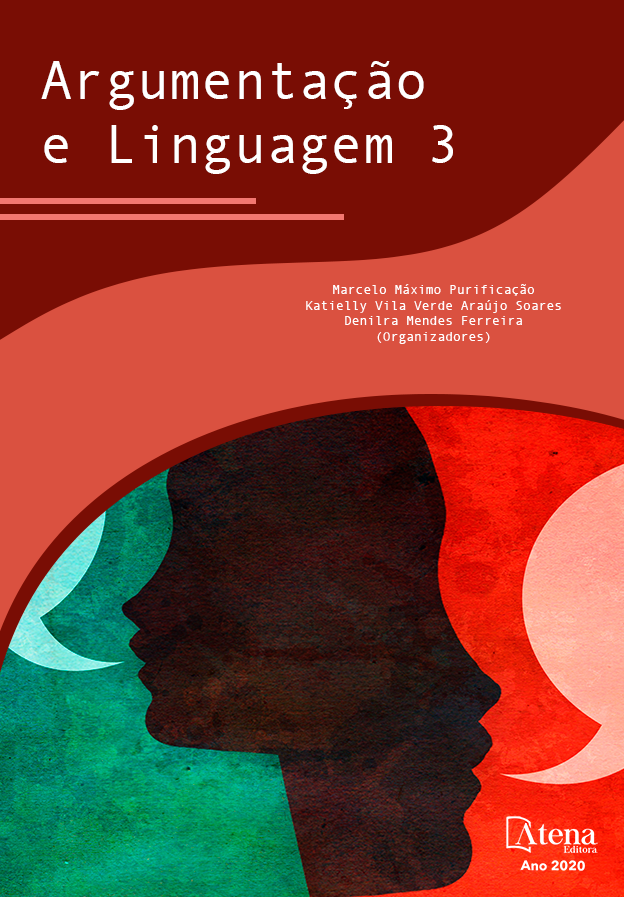
LÍNGUA BRASILEIRA DE SINAIS (LIBRAS) E LÍNGUA PORTUGUESA(LP): O QUE QUEREM, O QUE PODEM ESTAS LÍNGUAS?
Duas línguas diferentes, mas que têm muito em comum. Uma sinalizada e escrita, outra oralizada e escrita. Línguas que são oficiais no mesmo país, mas que exercem diferentes papéis sociais e culturais. Muitas são as implicações no ensino dessas duas línguas. Este texto traz discussões a respeito desses ensinos durante as aulas semipresenciais das turmas dos cursos de Pedagogia e Jornalismo, no Departamento de Ciências Humanas – DCH/Campus III, da UNEB. As vozes teóricas de Quadros (2001), Sá (2002), Strobel (2008), Gesser (2009) e de Mantoan (2006) sustentam esse estudo que apresenta as especificidades de cada língua mostrar suas potencialidades. Evidencia-se também tanto para o bacharel como para o professor, o quanto pode tornar enriquecedor o conhecimento sobre as línguas. As aulas acontecem no formato semipresencial, por meio de atividades realizadas em fóruns, chats, questionários, em mídias digitais. Durante as aulas houve a percepção de que os discentes reconhecem a importância da inclusão de Libras como componente curricular, porém não conseguem compreender como se dá a relação do aluno surdo com os conteúdos curriculares em salas de aulas comuns e em relação à comunicação em outras áreas que os surdos podem ocupar. Tem-se também a percepção de que os alunos ouvintes concebem as línguas em lados opostos, como se elas estivessem competindo e exigindo atenção. Os alunos ainda não conseguem perceber que o conhecimento sobre as duas línguas e suas especificidades podem ampliar a competência linguística e a capacidade discursiva nas diferentes instâncias sociais em que os sujeitos se inserem.
LÍNGUA BRASILEIRA DE SINAIS (LIBRAS) E LÍNGUA PORTUGUESA(LP): O QUE QUEREM, O QUE PODEM ESTAS LÍNGUAS?
-
DOI: 10.22533/at.ed.41220250921
-
Palavras-chave: LIBRAS; LÍNGUA PORTUGUESA; EAD; CIDADANIA.
-
Keywords: LIBRAS; PORTUGUESE LANGUAGE; EAD; CITIZENSHIP
-
Abstract:
Two different languages, but they have a lot in common. One signed and written, another written and oralized. Languages that are official in the same country, but that carry out different social and cultural actions. There are many implications in teaching these two languages. This text discusses these teachings during the semipresencial classes of the classes of Pedagogy and Journalism, in the Department of Human Sciences - DHS / Campus III, UNEB. The theories of Quadros (2001), Sá (2002), Strobel (2008), Gesser (2009) and Mantoan (2006) sustain this study, which presents the specificities of each language to show its potentialities. It is also evident how much knowledge about languages can be enriching for both the bachelors and the teacher. The classes take place in the semipresential format, through activities carried out in forums, chats, questionnaires, digital media. During the lessons it was noticed that the students recognize the importance of the inclusion of Libras as a curricular component, but they can not understand the relation between the deaf student and the curricular contents in common classrooms and in other areas that the deaf can occupy. It is also noticed that the listening students visualize the languages as if they competed in opposite sides and demanding attention. Students still fail to realize that knowledge about the two languages and their specificities can broaden linguistic competence and discursive capacity in the different social environments in which they are inserted.
-
Número de páginas: 10
- Rafael Santos SOARES
- ANTONILDE SANTOS ALMEIDA


